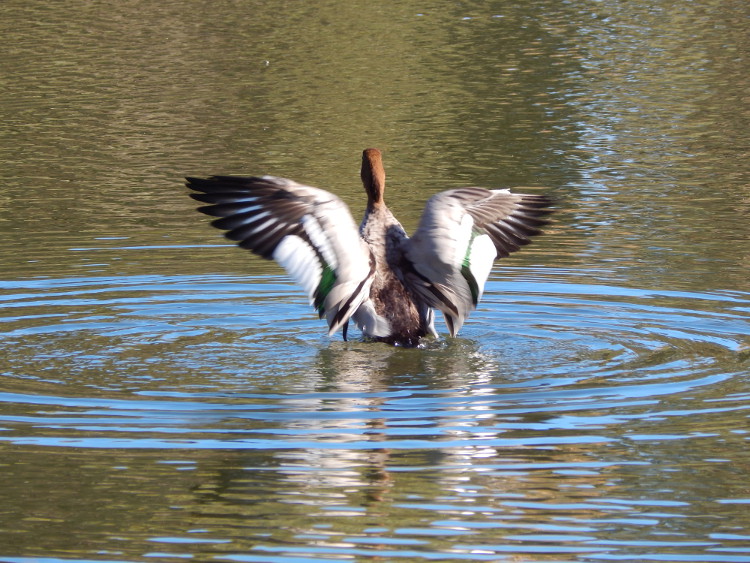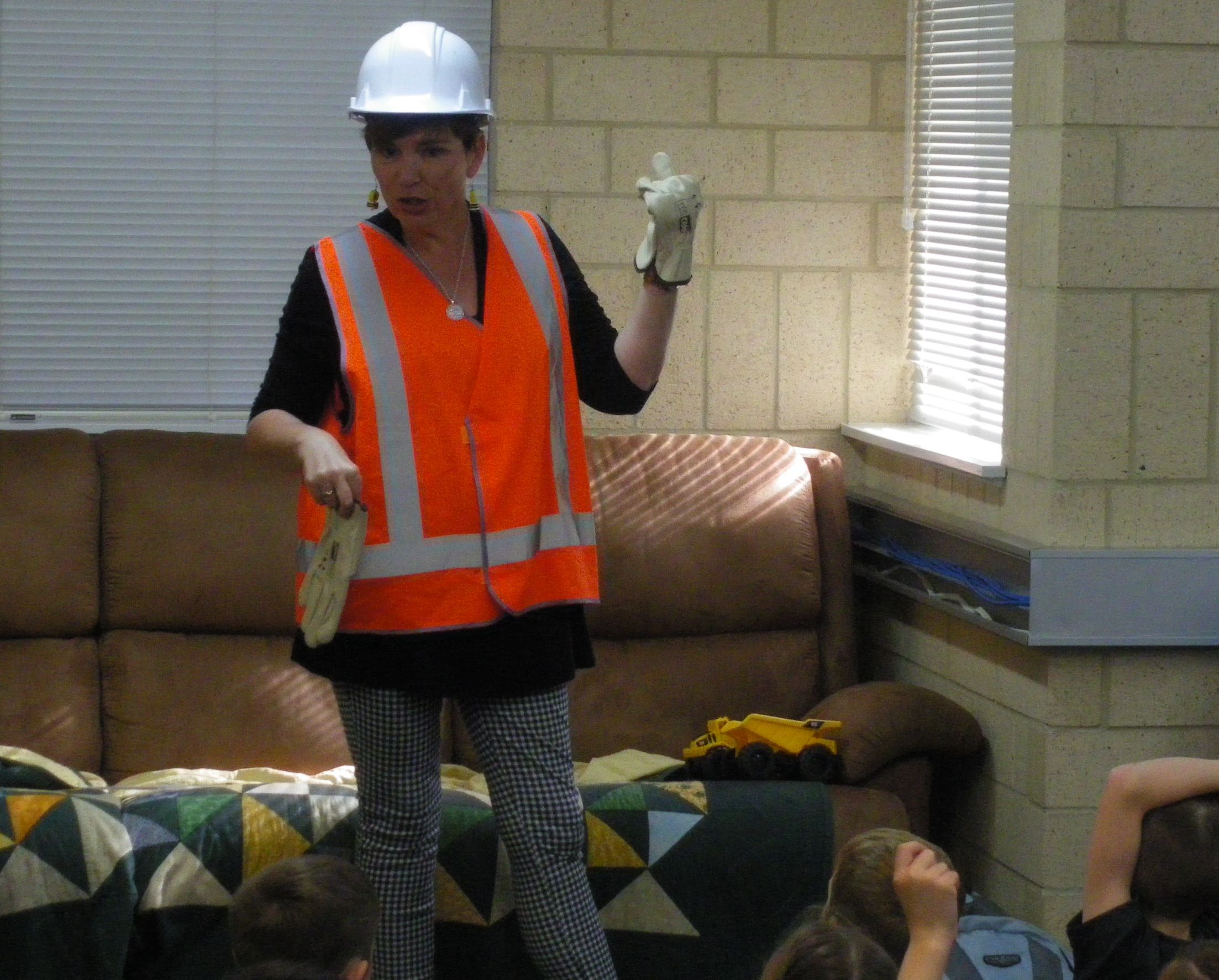It’s Teacher Tuesday – the third one for 2023. After I shared a poem last week, I realised I tend to do lots of sharing of poetry, and poetry writing ideas, but less often other forms and genres.
So, today, I’m sharing a strategy for using a photo as a writing prompt for a story. Note that I prefer the word story over narrative – but given the use of ‘narrative’ in curriculum and in testing, I strongly encourage that you make sure every writer knows that a story IS a narrative. This helps to connect the classroom/curriculum term to what they might experience outside of school.
Using photos and other images is a wonderful way to inspire writing – and also can help prepare your students for tasks such as those in the annual NAPLAN assessments. However, not every writer can look at an image, have a eureka moment and start writing. In fact, I’d argue most of us can’t.

What goes wrong? I’m going to use the above duck image for an example. Often, young minds can be very literal. You are showing me a picture of a duck. Therefore, I must describe the duck. There was once a brown duck and it had a beak. It said quack a lot. The end.
Other times, overthinking happens. I have to write a good story. I need an amazing beginning, lots of action and dialogue. But gosh, I know nothing about ducks, or what can happen to them. I’ve never even met a duck….
A third thing that happens is an attempt to write the same story over and over. I only like stories with goodies and baddies. But you’re asking me to write about a duck? Hmmm. There was once a robber duck. It wanted to steal all the duck food from the other ducks. But the sheriff duck stopped it. The end. No one will notice that this is just like the story I wrote the other day, but this time with ducks instead of people.
How do we avoid these and other pitfalls? By using image prompts regularly, but also giving some structure to how we use them. Here’s one way of doing that.
- Show the picture. If possible, have multiple copies so that, as well as being on a screen, writers can also hold the image in their hand. Turning it, pointing to it, manipulating it.
- Allow talk. Even though in those terrible testing conditions that isn’t possible, building a community of writers involves chances to talk.
- Guiding questions. These are not questions every child answers out loud, but are prompts to think about – and may be discussed with group members. Try to stress that there are no right answers – this is about possibilities.
- What can you see? If you were there in the image, what would you hear? Smell? Feel? Taste?
- What place do you think this is? Is it real, or imaginary? What exists outside the boundaries of the picture?
- Who is in the image? What might their name be, how old, what do they want? (If there is no character (person, animal or otherwise) – rephrase the question to ask who does this object/building etc belong to?)
- What might that character want? Need?
- What is stopping them from getting that? (These two questions are helping to think of a conflict, or complication)
- How might they overcome that obstacle/problem?
By answering these questions a writer can have all they need to develop a narrative – they have a setting, a character and a conflict with a possible resolution. But, along the way, they may have developed several possibilities.
- Encourage writers to jot down a one sentence plan (character, conflict, resolution) for their story before they start writing – eg Florence the duck wants a worm for breakfast, and finds one under a rock. Under that sentence, have them write the three things that happen before the problem is resolved – Looks in the pond, looks up a tree, looks over the fence.
- Start writing. This is the time where the talk can be reduced. Try to build this as something ‘real’ writers do – they plan first, which can be noisy, then they write quietly so they can only read their own thoughts. A writer who is stuck can look back at their very simple plan.
- Stop and share. A big step that is often missed in writing is giving writers a chance to share their work with each other,. So at the end of the writing session – or at points during it, depending on how long you have – it is vital that young writers get to share their masterpieces with each other. This makes their work purposeful – and fun, too. Structure this sharing has you see fit, but I really encourage it to be not about assessing or scoring.
This is a very basic set of steps. You can build them into a lesson, and you can adapt depending on the age group of your class. But you can also use and reuse these steps, so that your writers become really comfortable with the concept of using an image (or some other prop or prompt) to plan a and write.
Ready for another picture prompt? Here’s one of my own photos which might inspire a story or three in your classroom. I’d love to hear if you use it, or the duck image, and how it goes.

See you next Teacher Tuesday.
[…] Tuesday I posted my weekly Teacher Tuesday post, which was, perhaps unusually, not about poetry this week. But on Wednesday, at a work […]